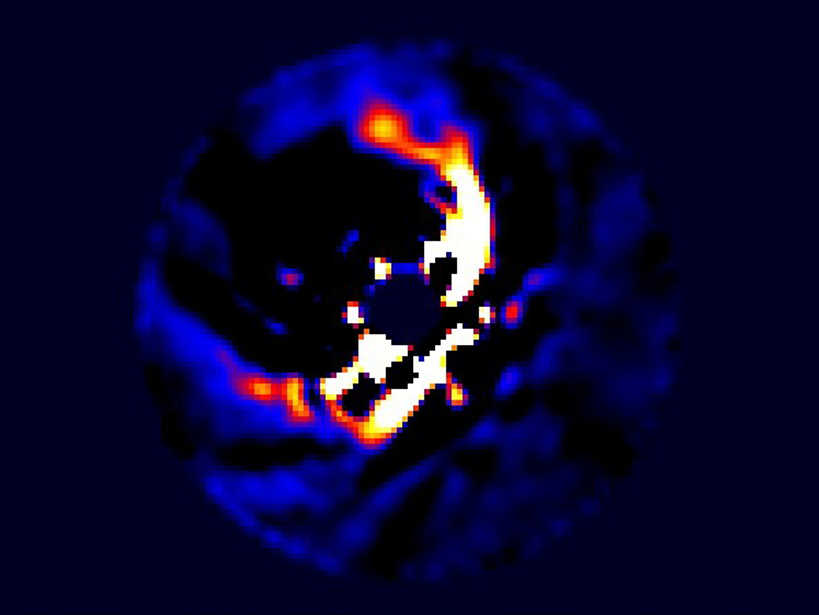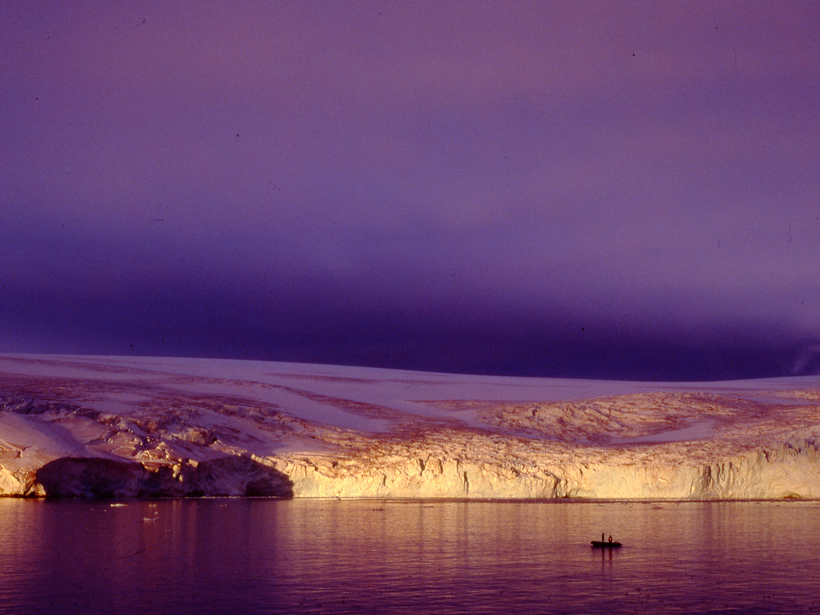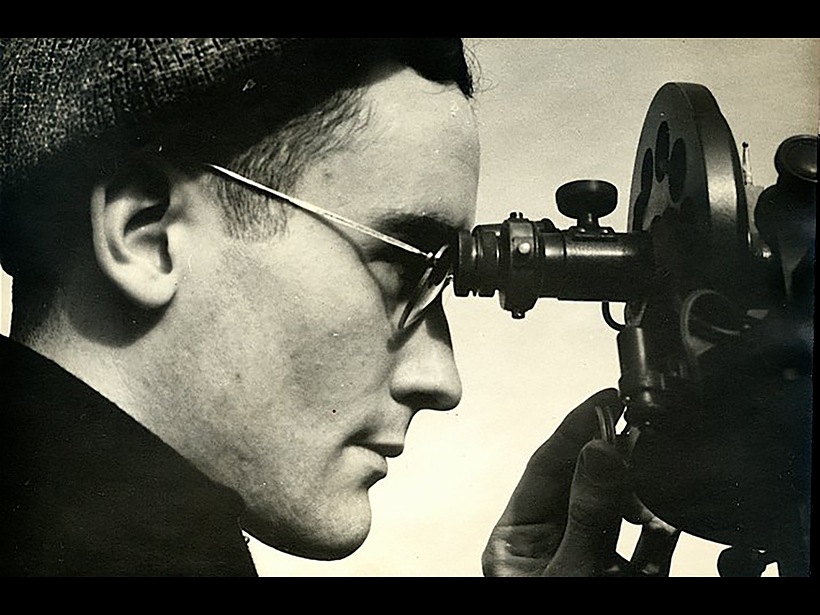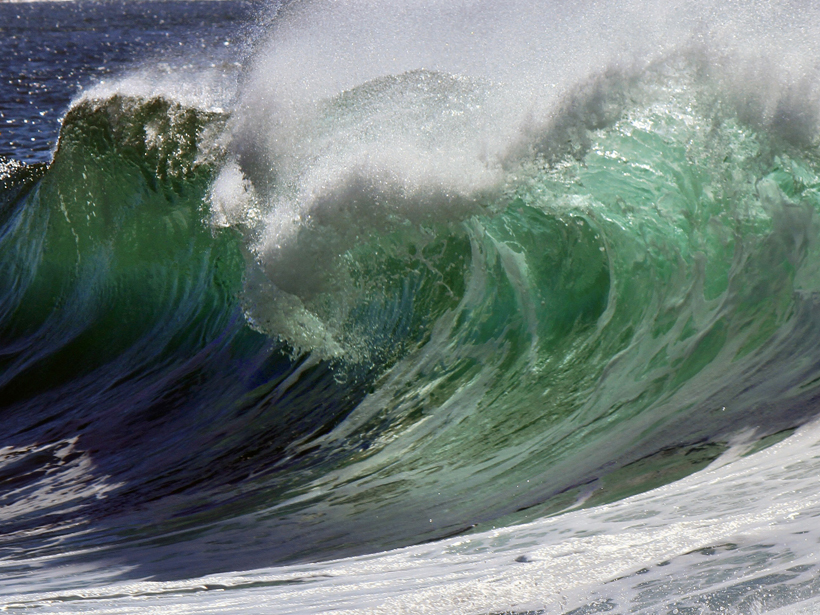A probe of ballast water in ships at an Arctic port finds hitchhiking organisms that polar warming could allow to invade the region's ecosystems in less than 40 years.
News
Laser Beams Brighten Prospects for Cave Science
Armed with laser technology, scientists now plot and study vivid maps of underground spaces with stunning accuracy. But the equipment is costly, fragile, and hard to maneuver through tight passages.
Michael R. Raupach (1950–2015)
A pioneer in fields ranging from plant-atmosphere interactions to the carbon cycle, this Australian climate scientist transformed modern micrometeorology and cofounded the Global Carbon Project.
Paris Climate Talks Could Spur Energy Sector Action
A robust climate pact from the United Nations meeting in Paris could urge nations and energy investors toward lower-emissions energy generation, the head of a global energy agency suggests.
Exoplanets: First Baby Pictures Unveiled
New observations of stars hundreds of light-years from Earth reveal evidence of planets still surrounded by disks of the primordial materials they grow from.
Antarctic Sediment Plume Disrupts Deep-Water Community
Increased sedimentation from a melting glacier inhibits filter feeders in an Antarctic fjord.
Active Mud Volcano Field Discovered off Southeast Alaska
A cruise to study landslide potential along an earthquake-prone fault found a surprising methane plume.
U.S. Climate Change Negotiator Says Time Is Right for a Deal
With the United Nations climate change conference imminent, the U.S. special envoy for climate change optimistically outlined what sort of agreement could drive the transition to a low-carbon world.
Purple Hearts Honor Four Meteorologists Killed in World War II
Seventy-three years after they died in a German U-boat attack, a ceremony posthumously honors the U.S. Weather Service workers and highlights the importance of weather forecasting during the war.
Earth's Water Came from Space Dust During Planetary Formation
A new analysis of lava from the deep mantle indicates that water-soaked dust particles, rather than a barrage of icy comets, asteroids, or other bodies, delivered water to the newly forming Earth.









